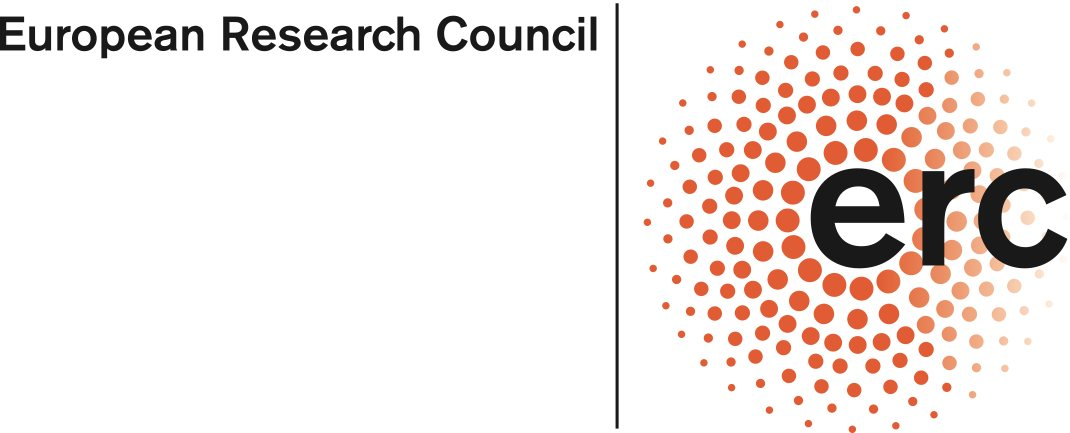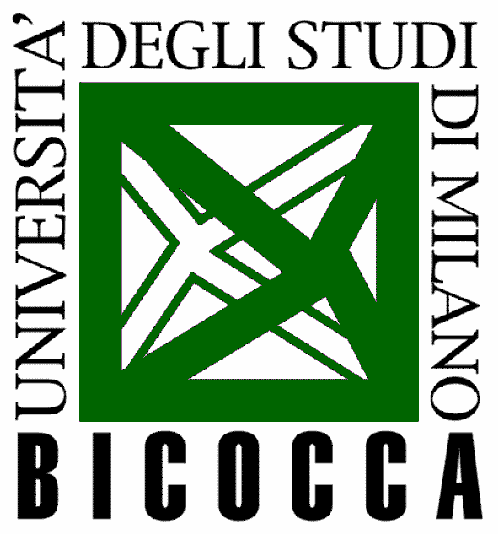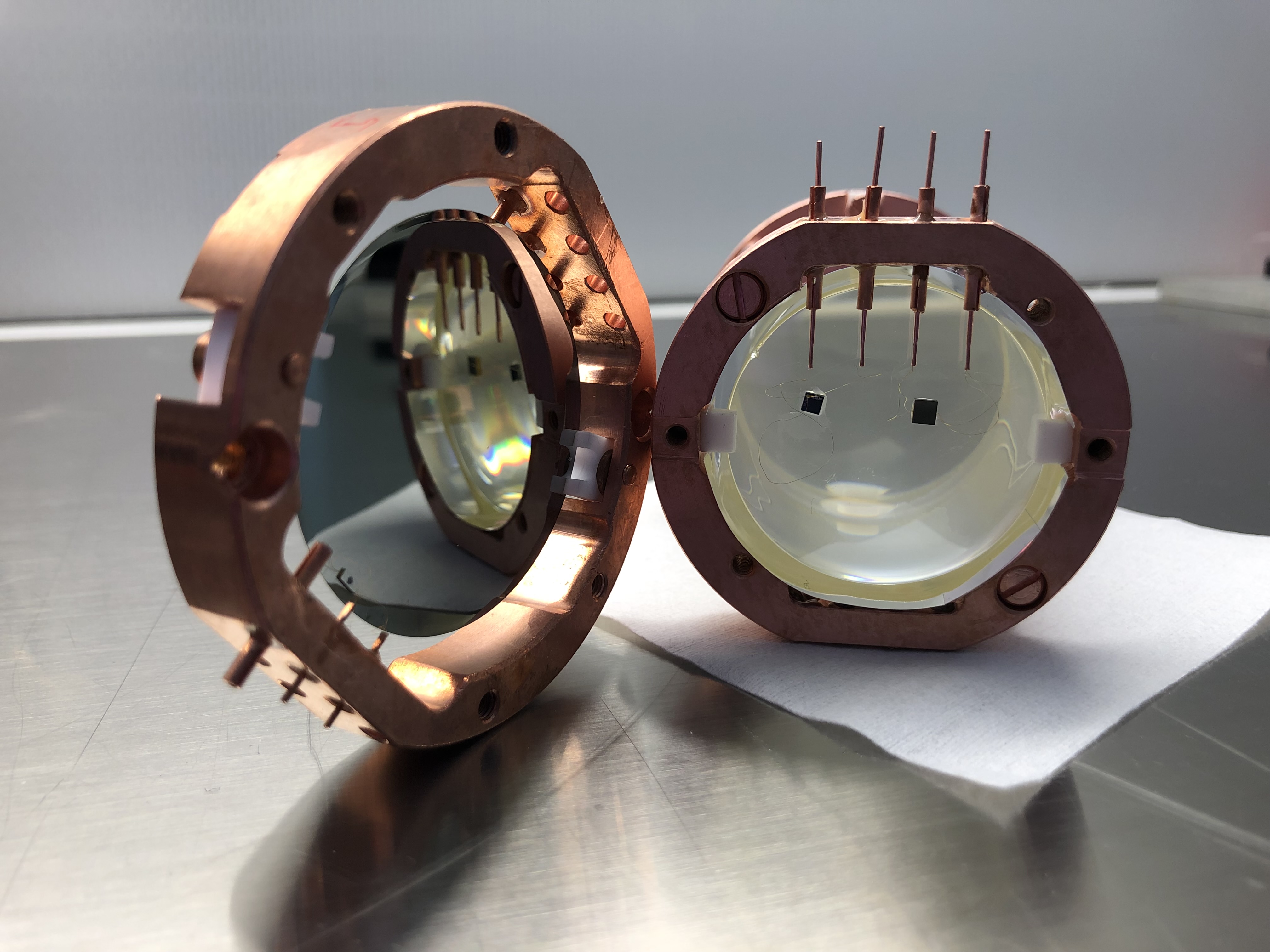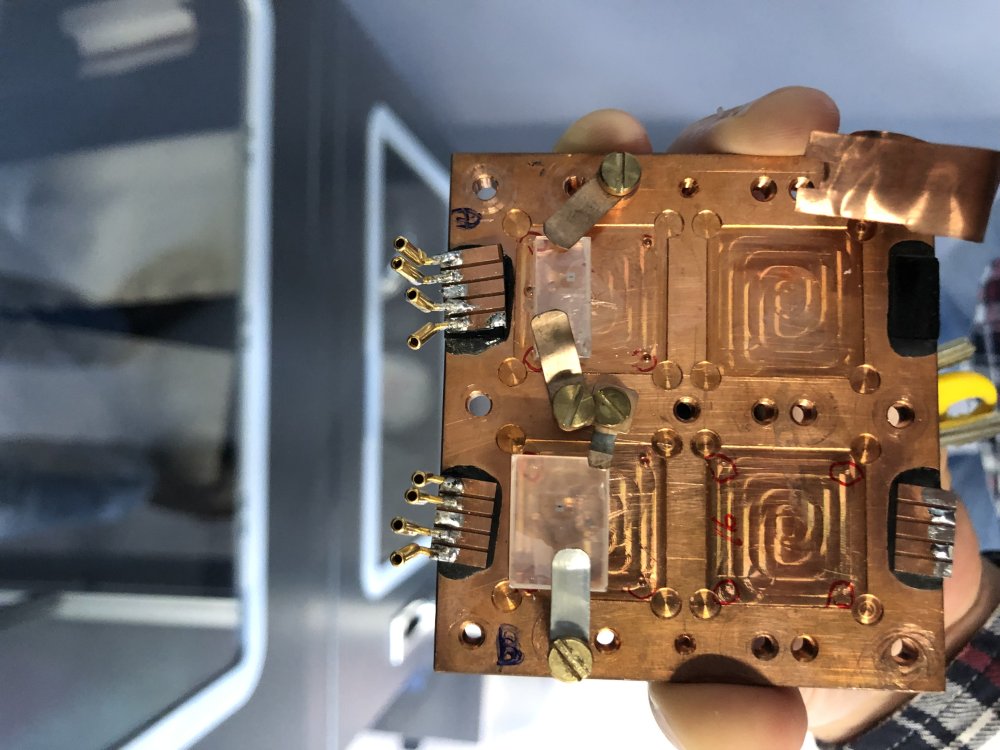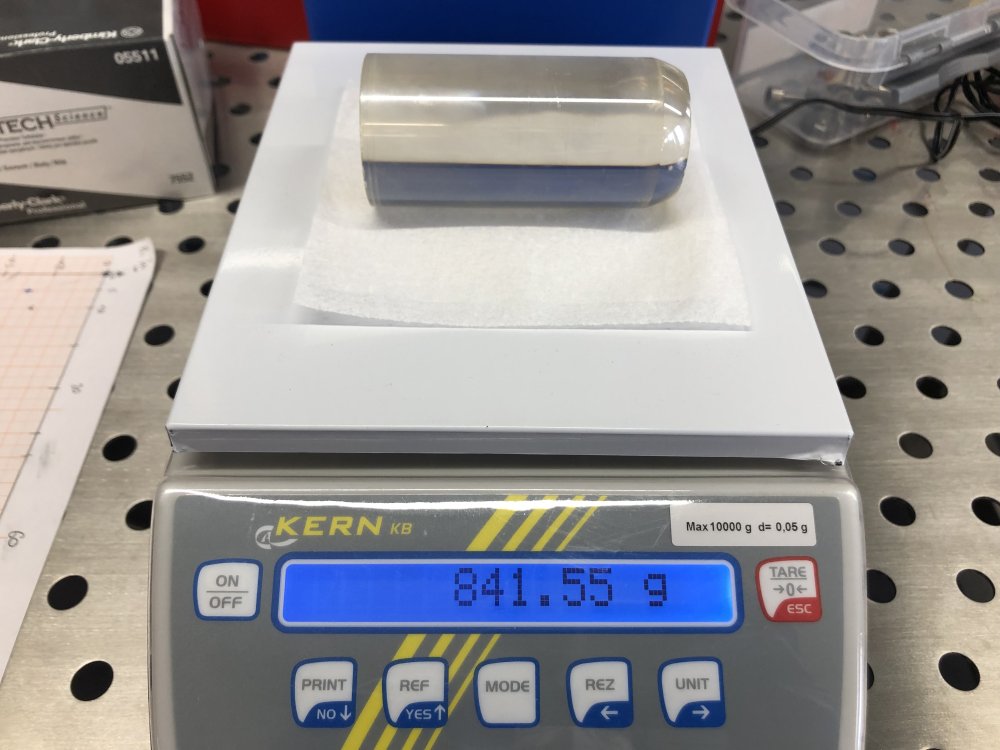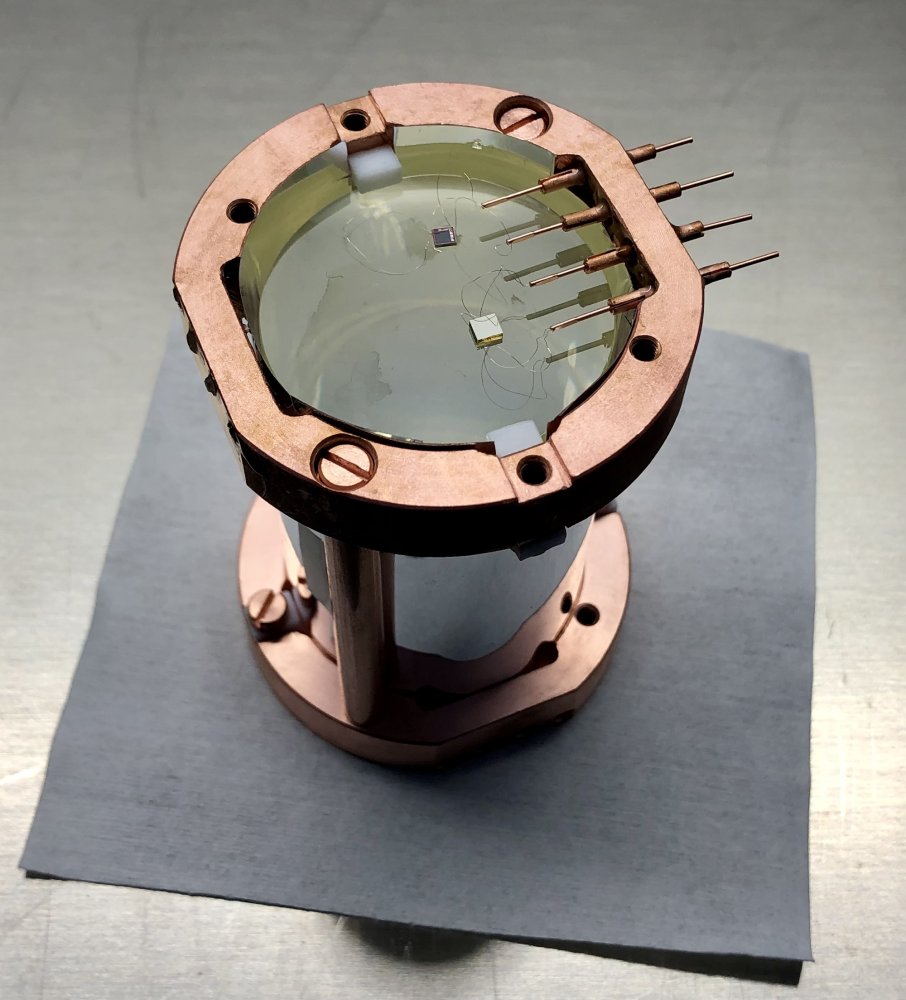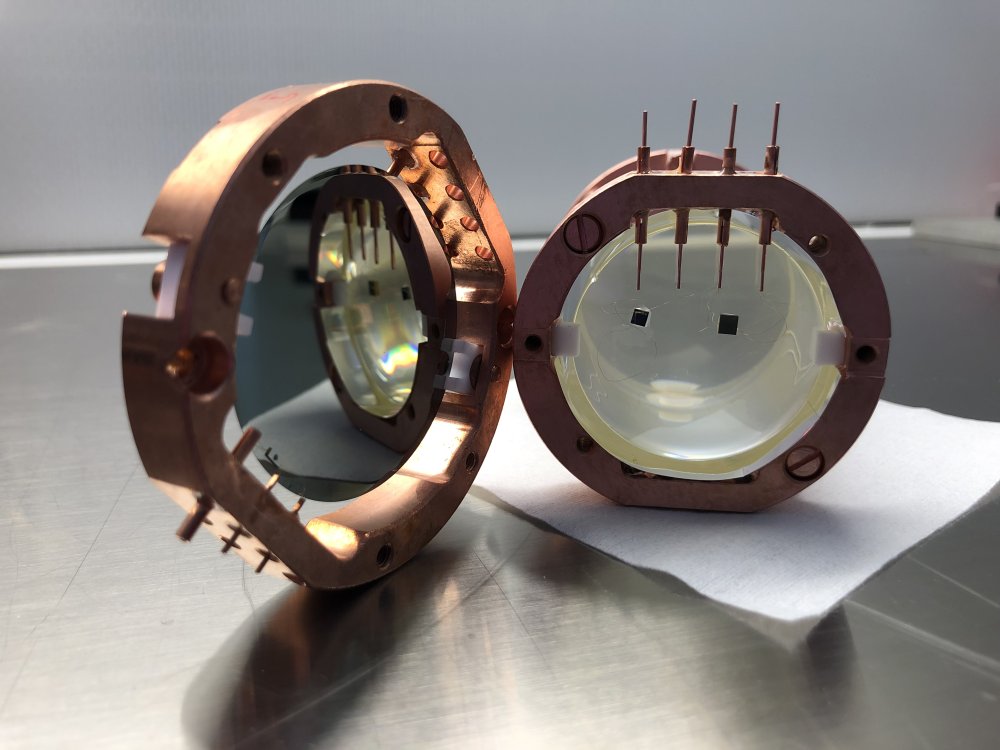The use of cryogenic detectors based on archaeological lead represents a cutting-edge approach in astroparticle physics, offering unprecedented sensitivity for rare event searches. These detectors leverage the unique radiopurity of ancient Pb, which has undergone centuries of natural radioactive decay, significantly reducing intrinsic backgrounds. This characteristic makes archaeological Pb an ideal material for experiments requiring ultra-low background conditions.
In the RES-NOVA project, archaeological Pb-based cryogenic detectors are at the forefront of neutrino detection via Coherent Elastic Neutrino-Nucleus Scattering (CEvNS). The detectors, operated at cryogenic temperatures and instrumented with Transition Edge Sensors (TES) and Neutron Transmutation Doped sensors (NTD), are designed to detect neutrinos from various astrophysical and terrestrial sources, including:
- Solar neutrinos, providing insights into solar nuclear fusion processes and neutrino oscillations.
- Core-collapse supernova (SN) neutrinos, offering a direct probe into the mechanisms of stellar explosions and nucleosynthesis.
- Neutrinos from nuclear reactors, relevant for monitoring reactor operations and fundamental neutrino physics.
Beyond neutrino physics, the exceptional sensitivity of these cryogenic detectors extends to dark matter (DM) searches. The low-threshold operation and low-background environment make them suitable for detecting potential interactions of weakly interacting massive particles (WIMPs) or other DM candidates (axions) with Pb nuclei. Given that Pb is a heavy element, these detectors are particularly sensitive to scattering interactions, complementing searches conducted with lighter target materials.
Overall, the development and operation of these cryogenic detectors contribute significantly to multiple frontiers in astroparticle physics, advancing our understanding of both known and unknown components of the Universe.
RES-NOVA is supported by the European Union under Grant Agreement ERC-CoG-101087295
PI: Luca Pattavina
Host Institution: University of Milano-Bicocca
